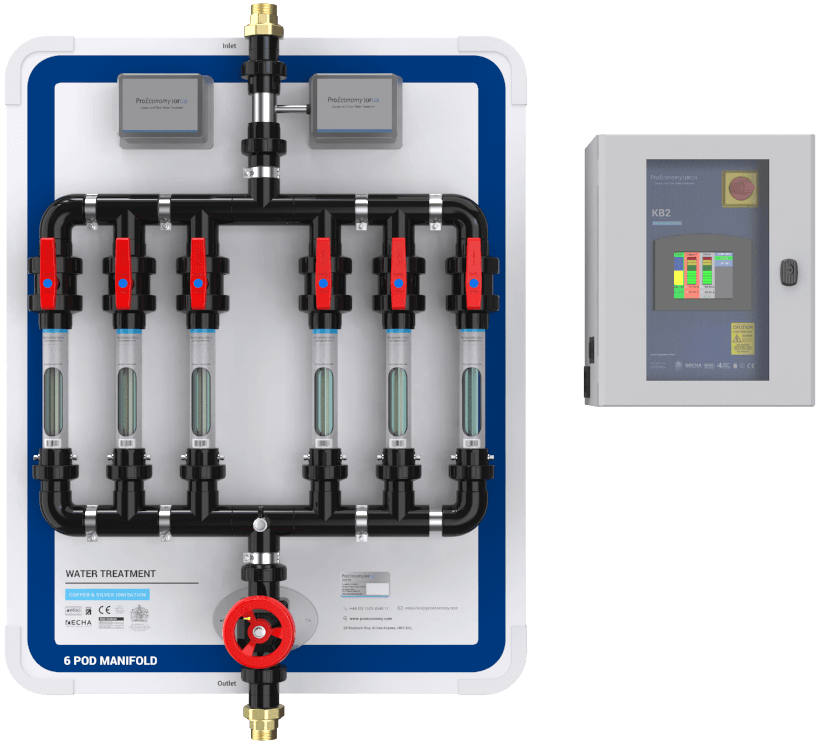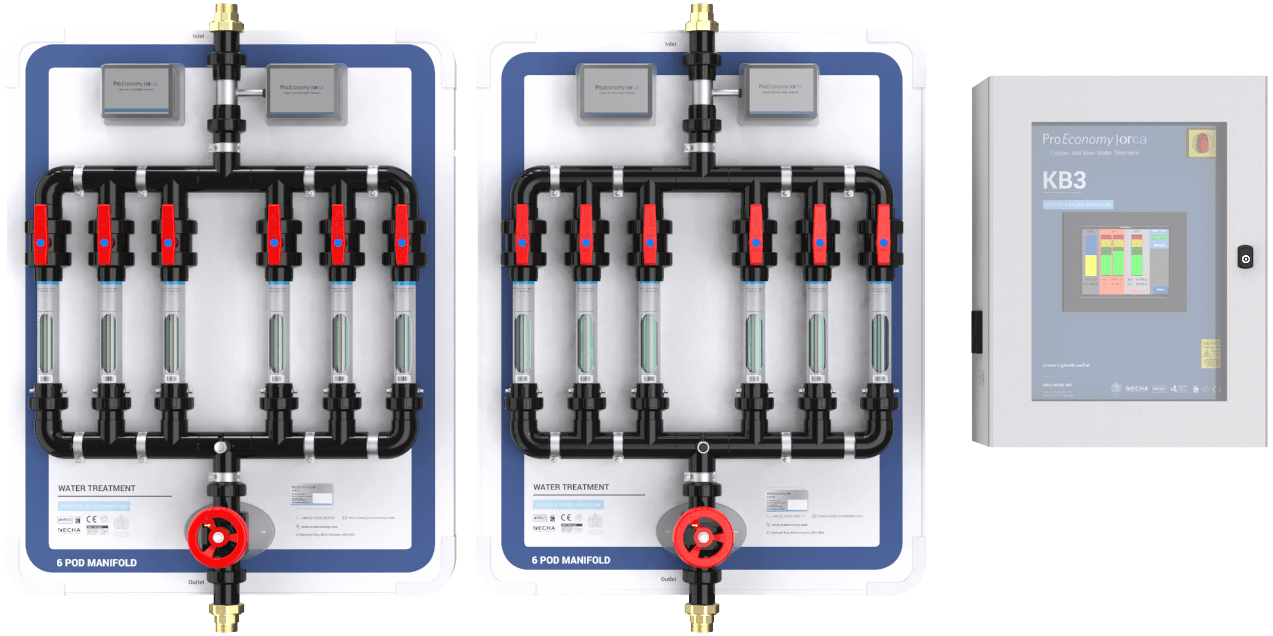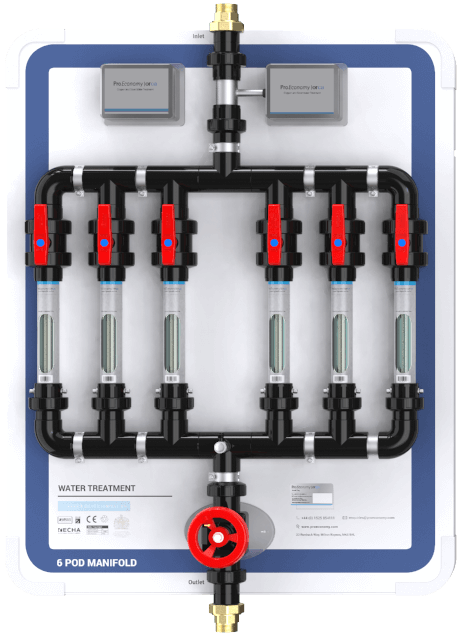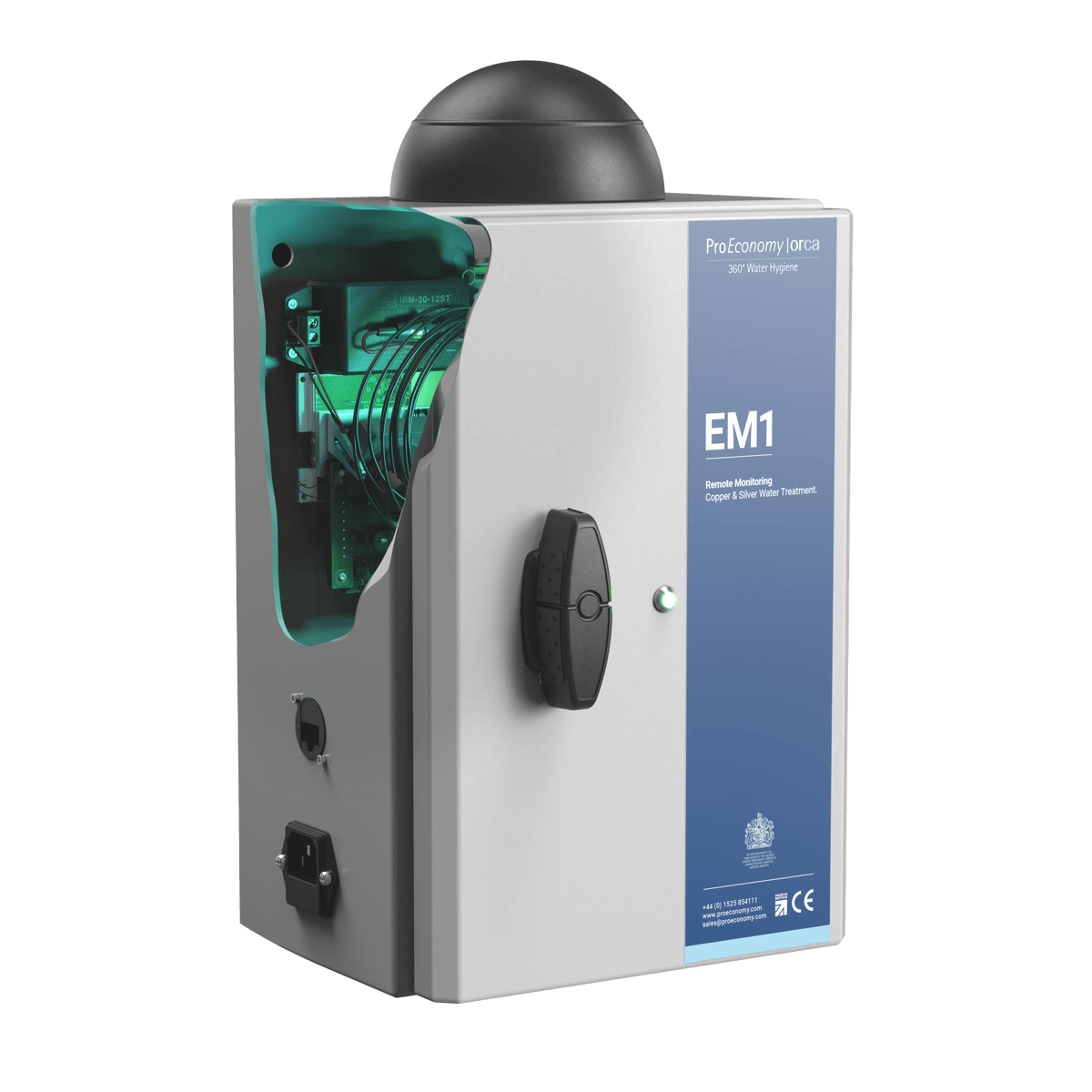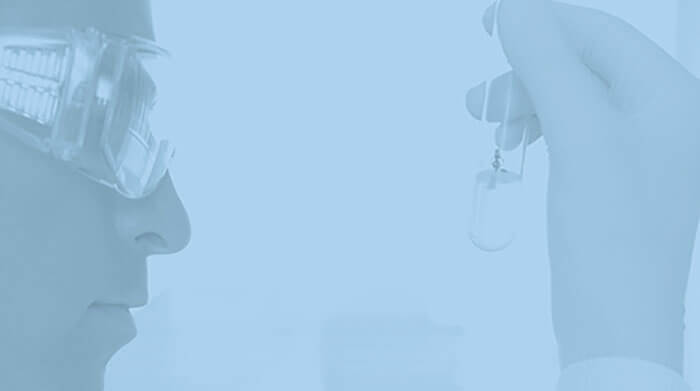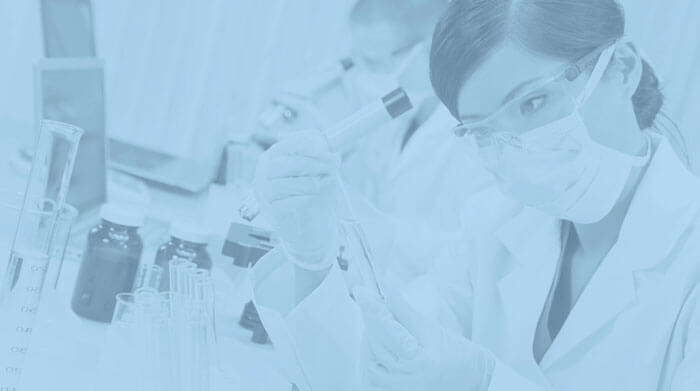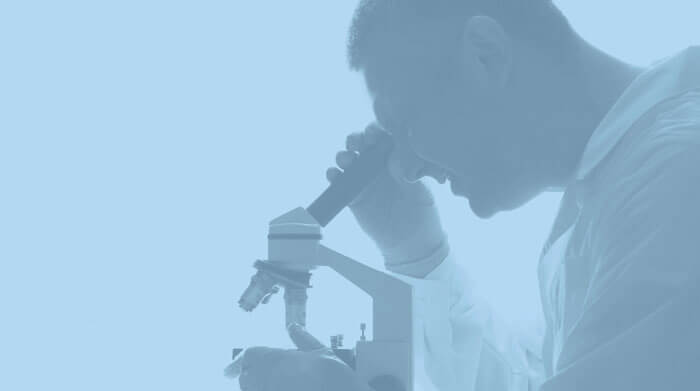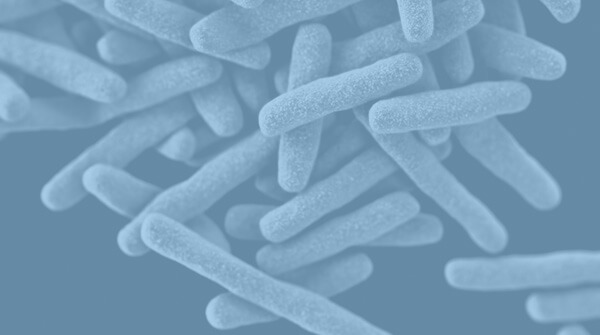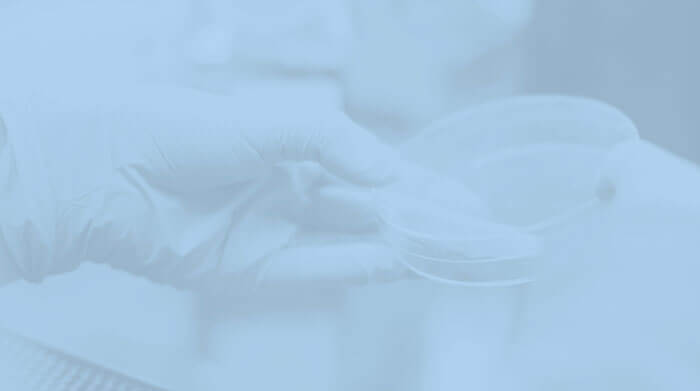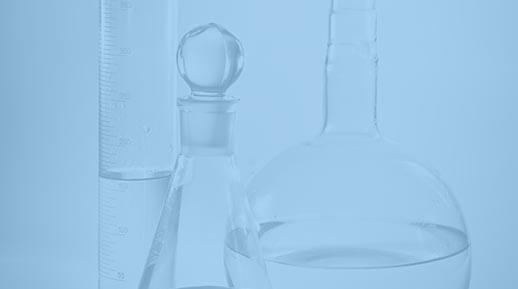Biofilms
A biofilm is an assembly of microbial cells that is irreversibly associated with a surface and enclosed in a matrix of primarily polysaccharide material. Biofilms form on a wide variety of surfaces, including: living tissues, indwelling medical devices, water system plumbing materials and natural aquatic systems. Biofilms are complex structures, are difficult to control and enable microorganisms, such as Legionella and Pseudomonas to thrive in them.
Yan et al. (2016) from Princeton have shown the mechanism of how bacteria build biofilms cell by cell. Vibrio cholerae was chosen as model biofilm organism in their study. This was due to its history as a threat to human health by causing diarrheal disease cholera.
Initially, the bacterium attaches itself to a surface and begins to reproduce. The growing colony members secrete a sticky substance to keep themselves from getting washed away. This also protects protect them from competing bacteria.
At first, the bacterial colony expands horizontally on the surface. As each cell splits, the resulting daughter cells become firmly attached to the surface alongside the parent cells. Squeezed by increasing numbers of offspring bacteria, the cells at the heart of the expanding colony are forced to detach from the surface and project vertically. The bacterial colony thus changes from a flat two-dimensional mass to an expanding three-dimensional globule. This is held together by slime in the developing biofilm.
RbmA
The Princeton team had a close look into the genetics behind this cellular behaviour. A single gene, RbmA, was found to be key to the process by which new cells connect in such a way as to develop a three-dimensional biofilm.
When the gene was deactivated, a big diffuse and floppy biofilm formed. However, when RbmA was active, a denser and stronger biofilm formed as the cells stayed linked to each other. Thus, RbmA provides the biofilms’ resilience.
Biofilms and Disease
Biofilms play an important role in the spread of disease. Essentially, they provide nutrients and a protective environment for pathogens. This enables them to grow and survive water treatment processes such as elevated temperatures, chlorine and other biocides (Newsome, 2001 and Kuiper et al., 2004).
Thermal disinfection with 70°C was not effective in eliminating Legionella in a 2010 study evaluating heat shock treatment (Farhat et al., 2010). Meanwhile, oxidising chemicals, such as chlorine and chlorine dioxide, do not penetrate established biofilms well, as these chemicals decay over distance and at elevated temperatures. Therefore, they cannot control pathogens that hide in biofilms (Sidari et al. 2004).
Bacteria, such as Legionella and Pseudomonas, enter water systems through the incoming mains or through borehole water.
Once in the water system some bacteria can form a protective, spore-like form until the right conditions for growth occur.
When the right conditions become available they hatch out, become ‘swimmers’ and then ‘stickers’ that attach to any plumbing material, especially rubber, eroded galvanized steel, and plastics. Copper is less affected due to its biocidal properties (BSRIA Technical Note TN 9/96, Geldreich and Le Chevalier, 1999, Estates & Facilities Alert Department of Health, 2010).
Once attached to a surface the bacteria multiply, secreting sticky slime to form slime ‘houses’. This multiplication continues, fueled by food from the water, to form slime stacks.
Pathogens in these slime houses are protected from biocides and high temperatures. They can even communicate with each other by a process called quorum sensing. This enables them to respond to the availability of nutrients, defend against other microorganisms that may compete for the same nutrients, and avoid toxic compounds.
Bacteria, including Legionella and Pseudomonas aeruginosa, either remain and multiply in the slime houses and stacks, (‘persisters’), or they swim away from the biofilm when conditions are favourable. The whole process then begins again elsewhere in the water system.
Controlling Pathogens and Biofilm
Pathogens persisting in biofilms have been found to be much more resistant to treatment processes than free floating (planktonic) cells of the same isolate (Tachikawa et al., 2005). In addition, species of a one-celled animal, the amoeba, can be found moving around and feeding in the biofilm. These organisms engulf bacteria. However, instead of being broken down, microbes such as Legionella multiply. Eventually, the amoeba breaks open, releasing them into the biofilm some distance from where the original microbes were taken in (DeClerck et al., 2009).
Any method applied to control pathogens in a water system must also be able to remove biofilm. If not, recolonization will rapidly occur. If the biofilm remains, long-term control of pathogens such as Legionella and Pseudomonas is impossible.
You can find out more about controlling biofilms, here.
The Formation Of Biofilms
- Which Parts Of A Water System Are Prone To Biofilms?
Areas of low water flow, and where water stagnates, are where biofilms are most likely to form. Not surprisingly, biofilms are found in water systems in dead-end pipes that are closed at one end and through which no water passes, and dead-leg pipes through which water only passes when it is draw-off from the fitting.
Complicated tap/mixer taps fittings are also ideal places for biofilms to form. Often, we come across new taps and tap fittings with complicated designs aimed at solving the problem of pathogen contamination. However, rather than solving the problem, these fittings might actually add to it due to additional crevices that provide an ideal environment for biofilms to build-up. Therefore, preventing Legionella and Pseudomonas contamination of these systems is a difficult technological challenge. - Which Materials Are Prone To Biofilm Formation?
Biofilms appear as a patchy mass in some pipe sections. This may lead to deterioration of water quality, amplification of corrosion and generation of bad tastes and odours. Characteristics of biofilm formation were studied by Shin et al. (2007) for different pipe materials, water treatment processes and temperature.
The results of the study showed that heterotrophic plate count (HPC) increased with time and decreased with a reduction in temperature. The highest HPC was observed on cast iron pipe (CIP) material for all treatment processes. The lowest HPC was observed on cured-in-place pipe (CIPP) liner and stainless steel pipe (SSP) material. The highest HPC was observed in the pipe feeding tap water. The mean HPC at room temperature was higher than that at low temperature. The results of pilot test showed that the HPC of ductile cast iron pipe (DCIP) was higher than that of CIPP. Pseudomonas spp. were identified as the dominant bacteria spp. in the biofilm.

